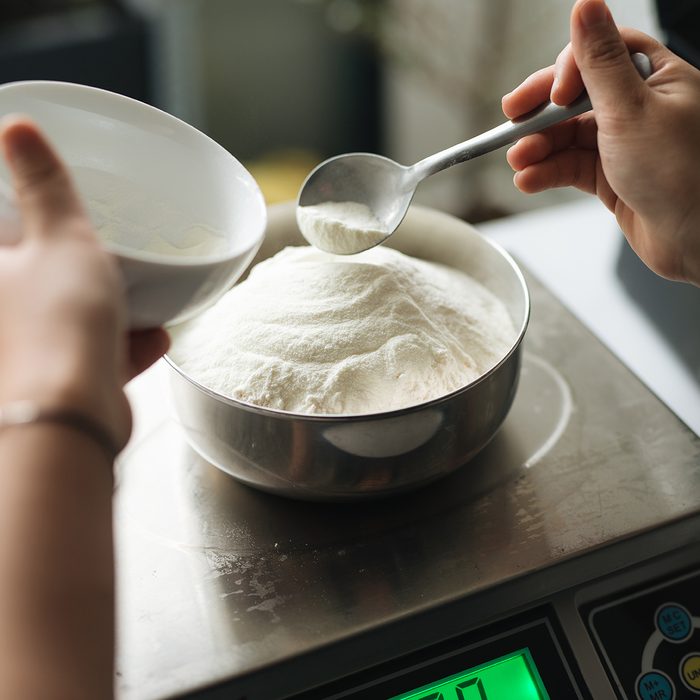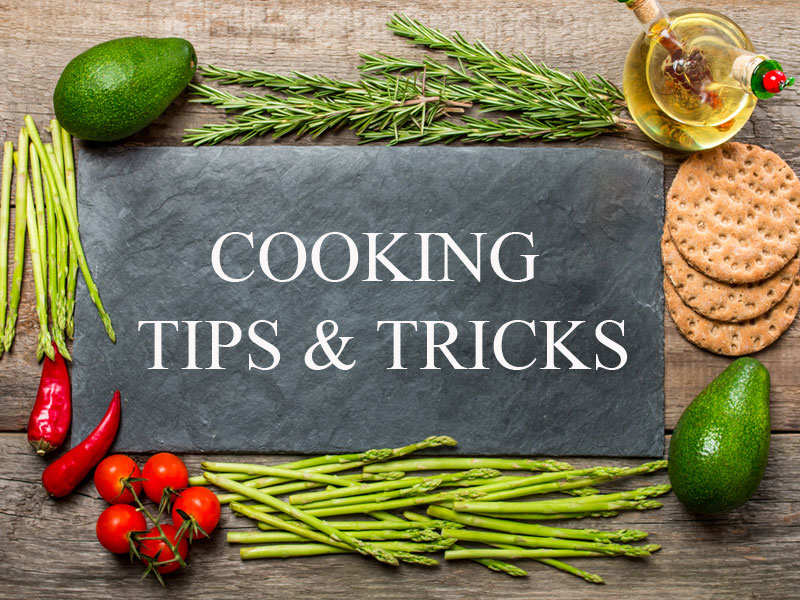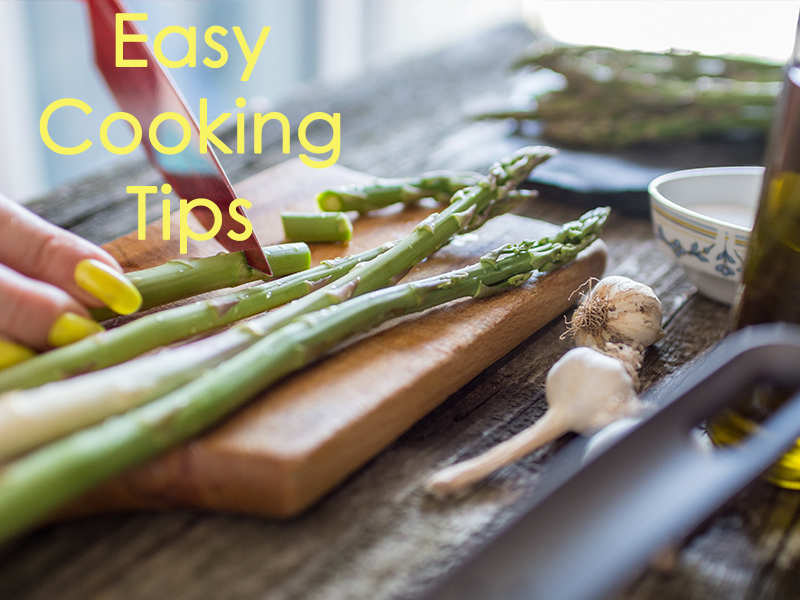
Today, non-stick pans can be coated with a variety of different materials. Each material has its advantages and drawbacks. Teflon is a popular material because of its high resistance to heat and durability. Teflon can cause food poisoning if heated to high temperatures. We will be discussing Teflon as well as the options. This coating isn't necessary on the best nonstick pans.
PFOA
Nonstick cookware coated with PFOA or PTFE is not recommended for use at high temperatures. These coatings are extremely flammable and quickly lose their effectiveness. Metal utensils can be used on nonstick surfaces. This can lead to the coating being degraded and the release of chemicals. This article will examine the health risks and potential side effects of PFOA pans. Here are some tips to help you get a holistic understanding of nonstick pans.
PFOA and other PFAS chemicals, such as PTFE, are persistent in the environment. This means that chemicals from nonstick pans used ten years ago are still present in the environment, groundwater and even our drinking water. The Environmental Protection Agency, (EPA) as well as the World Health Organization have issued a warning about these hazards. These chemicals have been classified as "possibly carcinogenic to humans."
PTFE
The most popular nonstick pan coating is the PTFE, which can be very handy when you're preparing large meals. These coatings prevent food sticking to the pan by preventing it from being coated with oil or nonstick cooking spray. Note that nonstick nonstick pans with PTFE coating are usually more expensive than those without. However, nonstick pans need to be maintained and cleaned regularly. FDA has deemed PTFE nonstick pan coatings safe but not entirely non-toxic. Ceramic cookware offers a healthier alternative. Cast iron does not contain PTFE so it is safer.

PFAS has been used in cookware for many decades. Many of these chemicals have been accidentally dumped in waterways, without any regulation. The Environmental Working Group estimates that 19 million Americans could be exposed. "Gen X" chemicals are some of the most common ingredients in nonstick pan coatings. These coatings are not tested in a controlled environment. Greblon is also the manufacturer of several types PTFE.
Teflon
There are many disadvantages to a nonstick pan coated with Teflon. The coating's PFOA or polyfluoroalkyl chemicals (PFAS), is the main reason for these problems. Although banned for many years these chemicals are still used in some cookware. These hazards can be avoided by avoiding Teflon cookware and looking for nonstick cookware made out of other materials.
The PFOA that is contained in Teflon non stick pans can be harmful to the environment. It has been linked with cancer and chronic kidney disease and has been shown that it can affect the male reproductive system. It releases toxic fumes when the pan gets too hot. This is why it should not be used to cook at high temperatures. To minimize the risk of exposure to the PFOA, it is best to avoid heating empty Teflon pans in the oven or broiler.
Nanoparticles
Nanoparticles that are novel in nature were created for non stick pan coatings. They are currently being evaluated for their use in food contact applications. While it is not known how non-stick coatings release nanoparticles, recent studies show that they can leach into food at high temperatures, repetitive use, or when the surface of the pan is damaged. This new technology is still in its infancy, but it may be a useful addition to nonstick pans.

PTFE, a substance that is often found in non-stick saucepans, has many safety concerns. The chemical pyrolysis products of heated polytetrafluoroethylene can cause acute toxicosis in budgerigars. These products don't pose a risk to the health of humans if they are used in small amounts.
FAQ
What is the difference between a chef & a cook?
A chef prepares food to be served to others. A cook prepares the food for oneself. Although both jobs require you to prepare food, a chef is more involved in serving customers. This means they may have to decide what to serve guests based on their preferences. A cook does not interact with customers. Instead, they ensure that the food tastes delicious before they serve it to others.
Who is the best path to a career in chef work? How do I begin my career as chef?
If you're interested in becoming a chef, you should consider starting as an apprentice. Apprenticeships give you the opportunity to work for many years without having to pay tuition fees. After completing your apprenticeship, you can apply for a position as a sous chef. Sous chefs work with cooks to prepare dishes and supervise them. They also oversee the restaurant's operations.
Which is the best way for you to learn how to cook?
Cooking should be something everyone can do. You'll miss out on delicious meals if your skills are not up to par. You must start by finding a recipe you enjoy and following it closely when you learn to cook. Next, you'll want to practice making small changes to the recipe until you feel comfortable making the dish yourself. Try cooking for others. This will allow you to improve your cooking skills and test your abilities.
Is it possible to be self-taught?
Yes, it is possible to be a self-taught chef! Everyone loves cooking, regardless of whether they are skilled or not. Start cooking at home if you want to learn how to cook. Start small, like making pancakes for breakfast or spaghetti sauce for dinner. Experimenting with new recipes is the best way to learn to cook. You might make a few errors along the way.
You can learn to cook in a matter of hours or weeks depending on your level of cooking ability. Cooking is more than following recipes. There are many methods to prepare food.
How to become a chef
There are many ways to become a chef. A course at a local community college or vocational school is a good place to start. You might also consider going to culinary school. Finally, you can take a paid internship.
How can I get hired for my job as a cook
Through word-of-mouth, you can find a job to be a chef. People in your circle of friends might know about restaurants that need additional staff. You might also find openings advertised on websites or bulletin boards by restaurants.
How do I get motivated to cook?
Cooking is fun when you share food with family and friends. Cooking for yourself is much more enjoyable than cooking for others. Make something new to get motivated to cook. This will help you learn about new techniques and ingredients. You can also use recipes from other cultures to increase your culinary knowledge.
Statistics
- under 10 Kids have been taught that there is special food just for them, and Fiese says that 10 percent of kids will throw a tantrum if they don't get the food they want. (washingtonpost.com)
- You'll be amazed that over 90% of CIA students receive scholarships and grants to finish their culinary studies. (ischoolconnect.com)
- According to the BLS, chefs earn $58,740 a year. (learnhowtobecome.org)
External Links
How To
How to make an omelet that is perfect
Omelets is one of my favourite breakfast foods. How do you make them perfect? I've tried many recipes and different methods but none have worked. So today, I want to share some tips and tricks with you so you can make your own delicious and fluffy omelets every morning.
Before we start making omelets, let's remember that eggs are temperamental. The eggs must be fresh from an organic source and kept at room temperature until they are ready to be cooked. If you don't keep them cold enough, the whites won't form properly, and the yolks will break down too much and become runny. This will make your omelets appear strangely colored. If you intend to cook your eggs immediately, it's best to use room-temperature egg.
Another tip is to separate the egg before adding it to the pan. The yolk and white should not be mixed together as this can cause the omelet's curdle.
You might burn the bottom of the egg if you place the egg directly on the stovetop. This could ruin the texture of your omelet. Instead, heat the egg for 10 seconds in the microwave before placing it in the pan. The microwave heat is sufficient to cook the egg without overcooking.
Let's now talk about mixing eggs. When you mix eggs together, you want to beat them well. Turn the bowl upside down and grab the whisk to do this. Next, shake the bowl vigorously. This allows the air to be whipped and the egg to be mixed thoroughly.
The fun part is now - adding the milk to the mixture. Mix half of the milk with the eggs. Then fold the eggs in half into the remaining milk. Do not worry if you see streaks of egg; they will disappear when the omelet is flipped.
After you have folded the eggs, heat the oil in a pan over medium heat. Once the oil has started to sizzle, turn the heat down to low. Once the oil begins to heat, add 1/4 cup butter and swirl the pan to coat it. Now carefully crack open the lid of the pan and sprinkle salt into the pan. Salt will prevent the omelet sticking to the pan.
Cover the pan once you have formed the omelet. Wait for the top to set. Flip the omelet over using a spatula or flip the pan upside down. Cook the opposite side for another minute. Serve immediately after removing the omelet from its pan.
This recipe is best made with whole milk. However, it can also be used with skimmed milk.